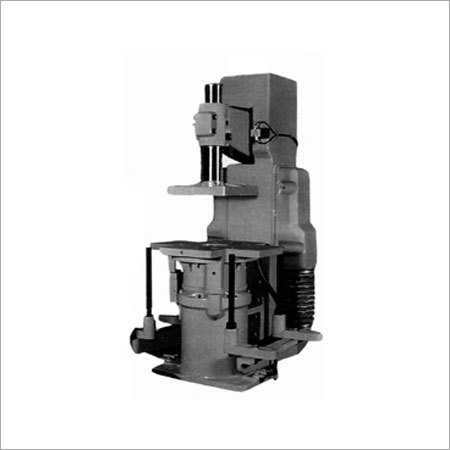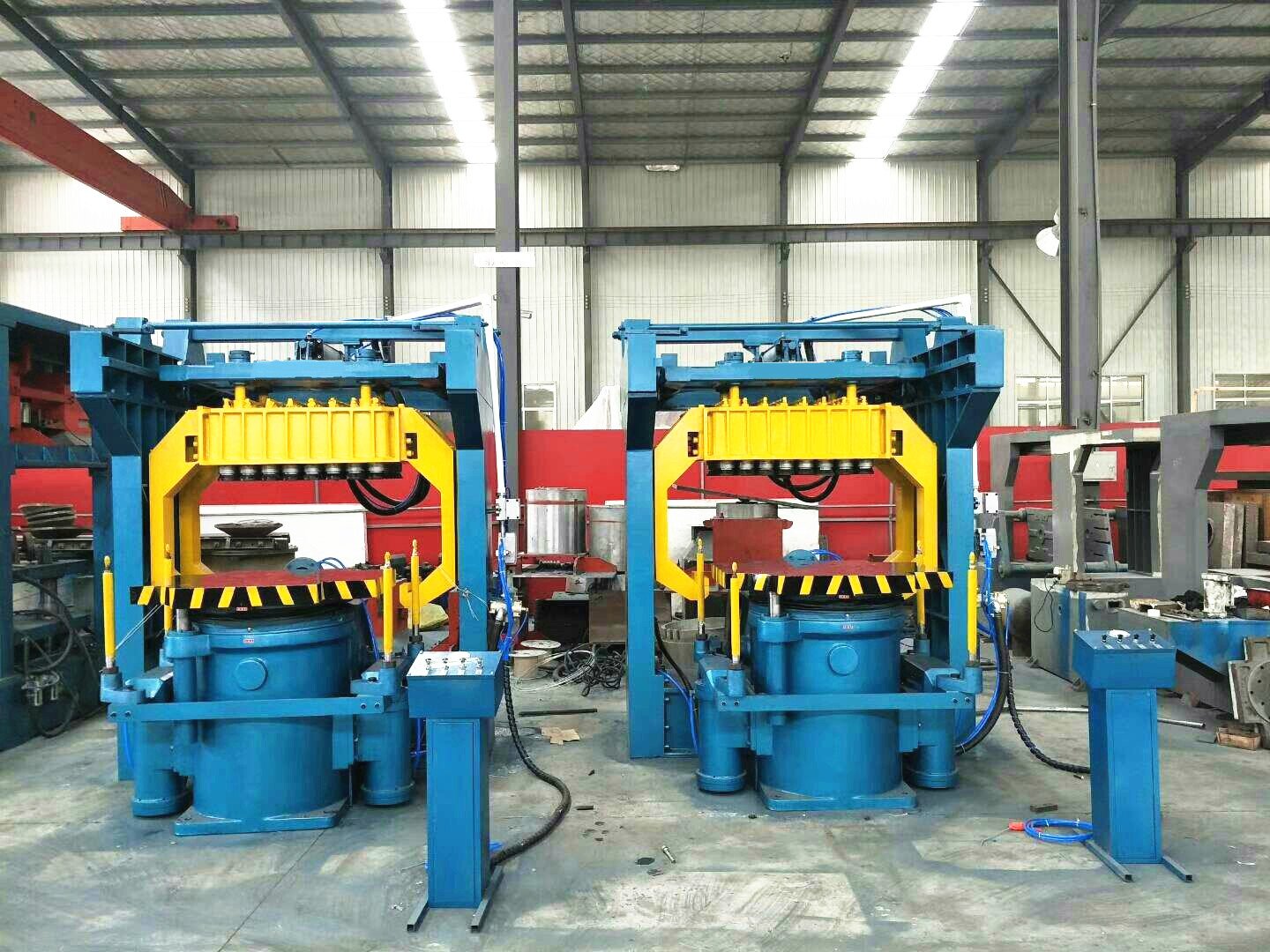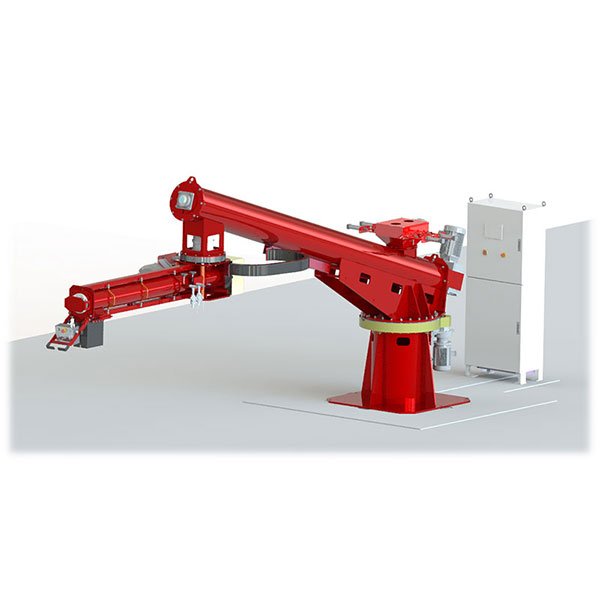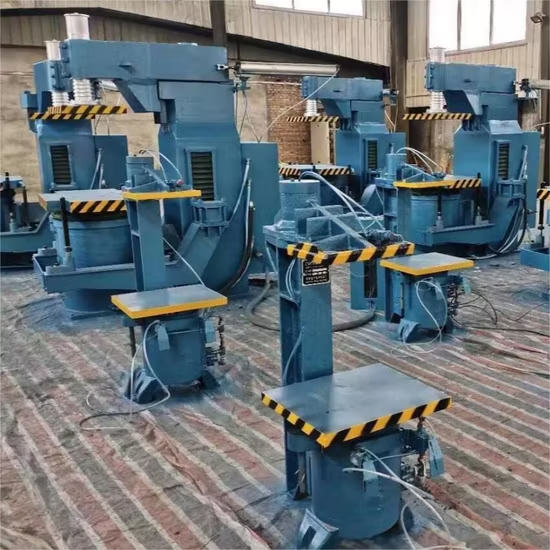You've completed the shot blasting process—but burrs still remain. Why does this keep happening?
Burrs often persist after blasting due to poor mold design, incorrect blasting parameters, or surface geometry that blasting alone cannot clean.
This problem frustrates many foundry engineers and casting buyers. You expect a clean, finished part, but find rough edges that compromise both function and appearance. Let’s dig into what’s really going wrong—and how to solve it.
What Are Burrs in Castings?

You might think all rough edges are the same—but that misunderstanding could cost you in rework and defect rates.
In metal casting, burrs are unwanted sharp projections of material, usually along mold seams or parting lines, different from flash and fins in shape and location.
| Term | Description | Common Location |
|---|---|---|
| Burrs | Small, sharp metal protrusions | Mold seams, vent holes |
| Flash | Thin, flat overflow of metal | Parting lines |
| Fins | Thin sheets extending from edges | Gating, riser cuts |
Burrs usually form when molten metal seeps through small gaps or misaligned parts of the mold. They can cause issues ranging from handling injuries to sealing problems and poor surface aesthetics. In my own production floor experience, even a 0.5mm burr on a valve seat led to leakage complaints from customers—something no blasting machine alone could fix.
Why Do Burrs Remain After Blasting?
You ran your parts through the blasting machine. They look cleaner, but run your hand along the edge—and there it is again: a burr.
Burrs can remain due to ineffective blasting settings, poor mold design, unsuitable material properties, or surface areas that blasting cannot reach effectively.
Let’s break down these causes:
3.1 Ineffective Blasting Parameters
| Issue | Impact on Burr Removal |
|---|---|
| Media Type Wrong | Too soft media can't remove burrs; too coarse may damage part |
| Blasting Pressure Too Low | Burrs don’t break off completely |
| Short Blasting Time | Not enough surface contact |
| Nozzle Angle Wrong | Misses burrs at specific orientations |
| Coverage Incomplete | Blind spots, recesses left untreated |
I remember helping a client in the pump housing industry—they had been using round steel shot, but the burrs were too fine. We switched to angular grit, adjusted pressure from 5 bar to 7 bar, and added a rotary nozzle head. Burrs gone.
3.2 Design and Tooling Issues
| Design Flaw | Resulting Problem |
|---|---|
| Poor Mold Alignment | Increased parting line burrs |
| Damaged or Worn Mold | Irregular metal leakage |
| Excess Metal Overflow | Flash turns into hard-to-remove burrs |
| Deep Crevices or Undercuts | Blasting media can’t reach fully |
This is particularly a problem in high-precision castings like turbocharger housings or gearbox components, where part complexity exceeds the blasting system’s reach.
3.3 Casting Defects or Material Issues
Soft metals like aluminum or zinc alloys sometimes deform rather than break cleanly under blasting, leading to flattened burrs rather than removed burrs.
| Material Issue | Burr Behavior |
|---|---|
| Soft Alloy (e.g., Al, Zn) | Burrs bend but don’t detach |
| Overfilled Mold | Extra material at edges creates stubborn burrs |
| Thin Fins | May not break cleanly with media impact |
I’ve seen these thin metal slivers resist even high-pressure blasting. In one case, switching to thermal deburring solved the issue where mechanical blasting failed.
Limitations of Blasting for Burr Removal

Shot blasting isn’t magic—it has limits, especially in intricate castings.
Blasting is excellent for surface cleaning but struggles with edge finishing, hidden areas, and internal grooves where burrs often hide.
| Limitation | Explanation |
|---|---|
| Blind Corners | Media can’t reach without special nozzle design |
| Undercuts & Cavities | Burrs may remain untouched |
| Edge Finishing | Media rounds surfaces but may not shear off burrs |
| Internal Passages | Virtually unreachable unless thermal or abrasive flow used |
In these cases, relying solely on blasting results in inconsistent finishes. That’s why many of our customers pair blasting with secondary deburring steps.
How to Prevent Burrs Before Blasting
Don’t fix burrs after the fact—eliminate them before they even form.
Improving mold design, tool condition, and process control during casting greatly reduces burr formation, minimizing downstream finishing needs.
| Prevention Strategy | Impact |
|---|---|
| Better Mold Alignment | Reduces gap at parting line |
| Gating System Redesign | Controls flow, avoids overfill |
| Tighter Pouring Parameters | Prevents flash and overflow |
| Cooling Control | Reduces stress that forms edge defects |
In one project involving high-speed automotive pulleys, we modified core supports and added mechanical locking for the mold halves. Burrs dropped by 60%—with no change to the blasting setup.
Post-Blasting Solutions: How to Fully Remove Burrs

Blasting can’t do it all. Sometimes, you need to bring in reinforcements.
Post-blasting burr removal uses mechanical, thermal, or precision finishing methods to ensure all edges are clean and safe.
| Method | Best Use Case |
|---|---|
| Grinding or Brushing | External burrs, accessible edges |
| Thermal Deburring | Internal cavities and complex geometries |
| CNC Deburring | High consistency for machined surfaces |
| Manual Deburring | Custom parts or small runs |
I've seen foundries install robotic brushing systems after blasting to handle valve parts. The brushing handled what blasting missed, creating a smooth, ready-to-assemble finish.
Optimizing Your Blasting Process for Better Burr Removal
If you insist on using blasting for burr removal—optimize it like a pro.
Choosing the right media, blast settings, and machine type increases your success in burr removal without damaging the casting.
| Optimization Factor | Adjustment |
|---|---|
| Media Shape | Use angular media for better edge attack |
| Media Size | Smaller sizes reach fine details |
| Blast Pressure | Increase to 6–8 bar for thicker burrs |
| Nozzle Distance | Ideal range: 200–300 mm |
| Cycle Time | Extend if burrs are partially removed |
We had a case where adding oscillating nozzles and varying media flow rate solved an edge-burr issue for a railway coupler casting. Sometimes, it’s about fine-tuning—not overhauling.
Conclusion: Eliminating Burrs with the Right Approach
Burrs after blasting usually point to deeper issues—design flaws, suboptimal blasting setup, or unreachable geometry. By combining preventative design strategies with enhanced blasting and post-processing steps, you can finally say goodbye to those persistent burrs. Start with a process audit—and let precision take over.







